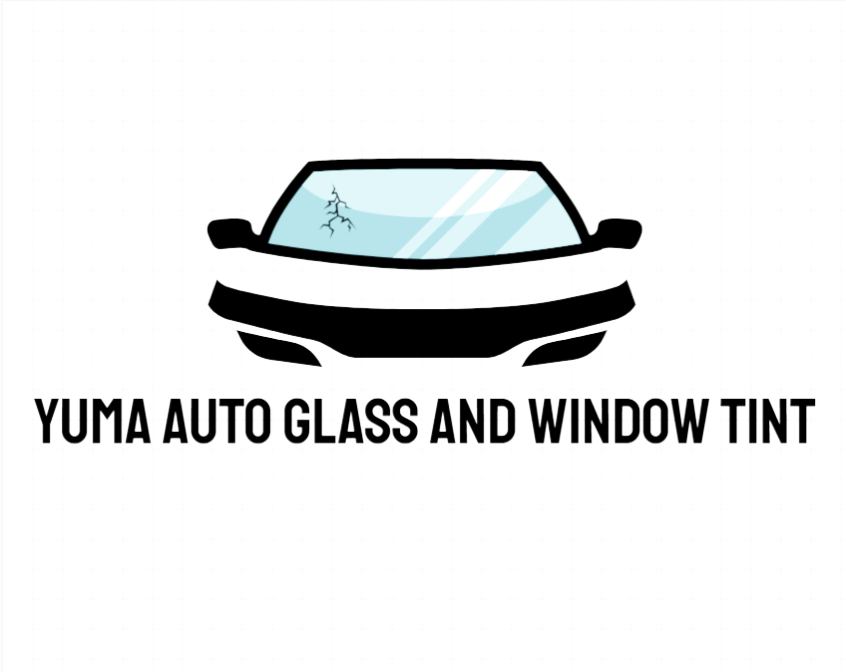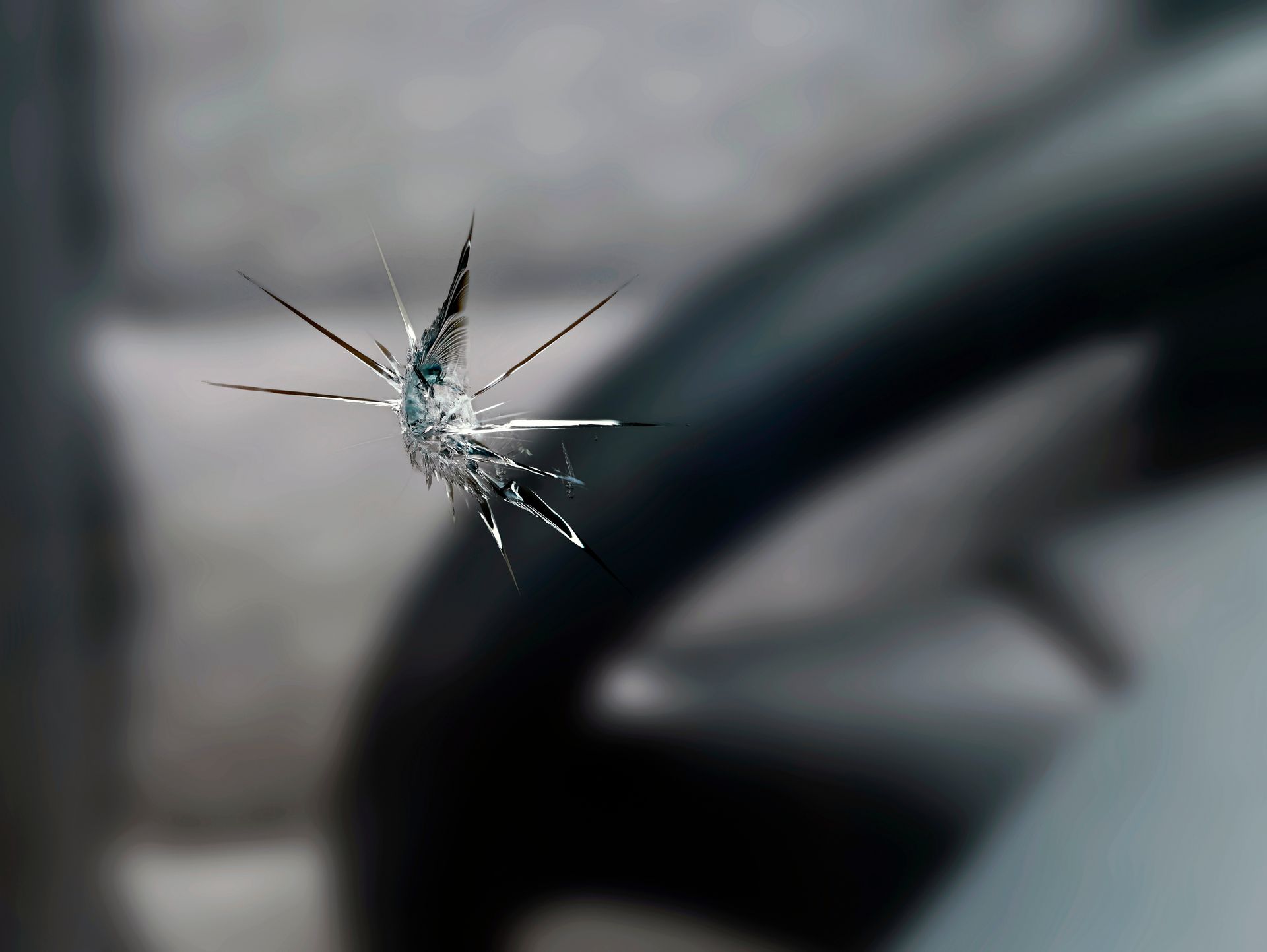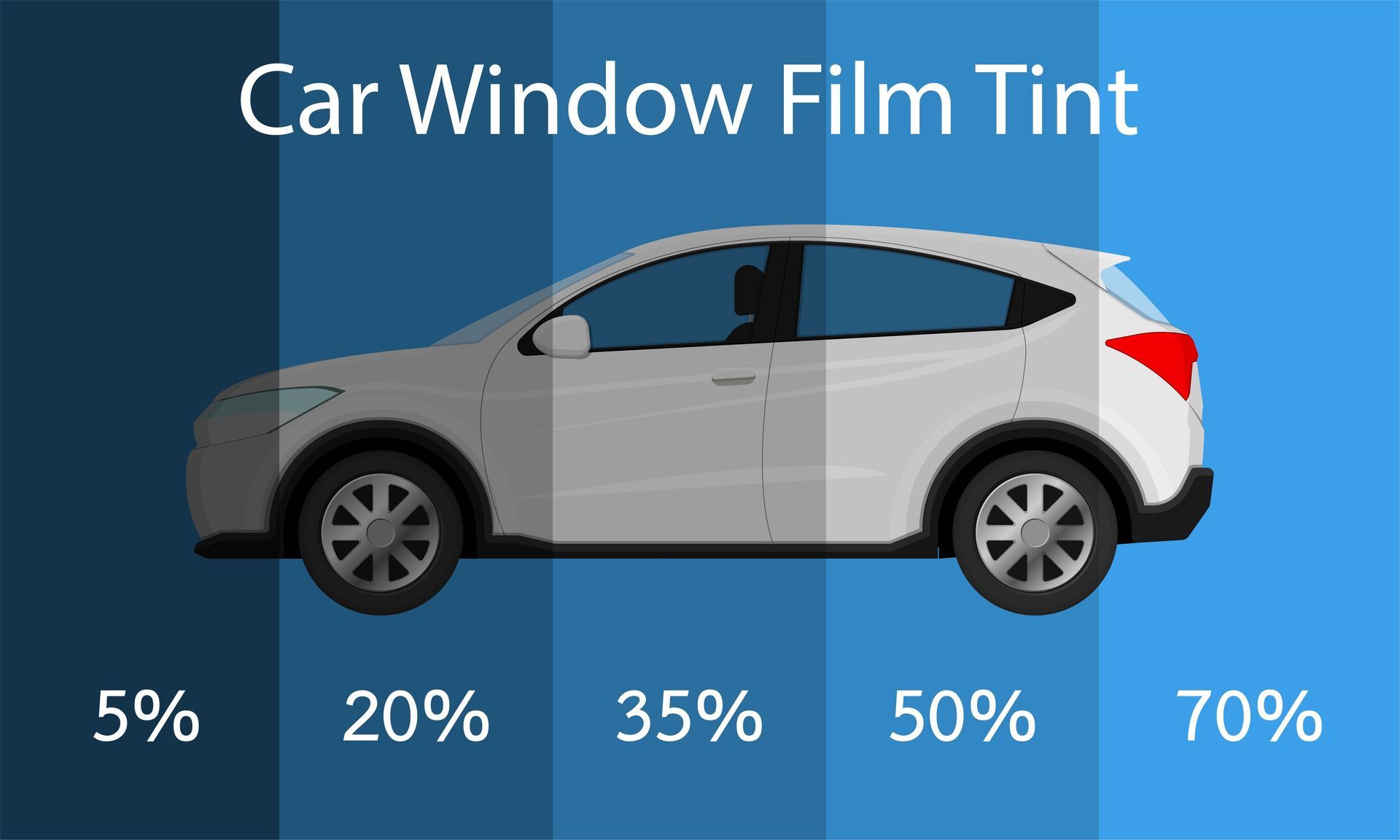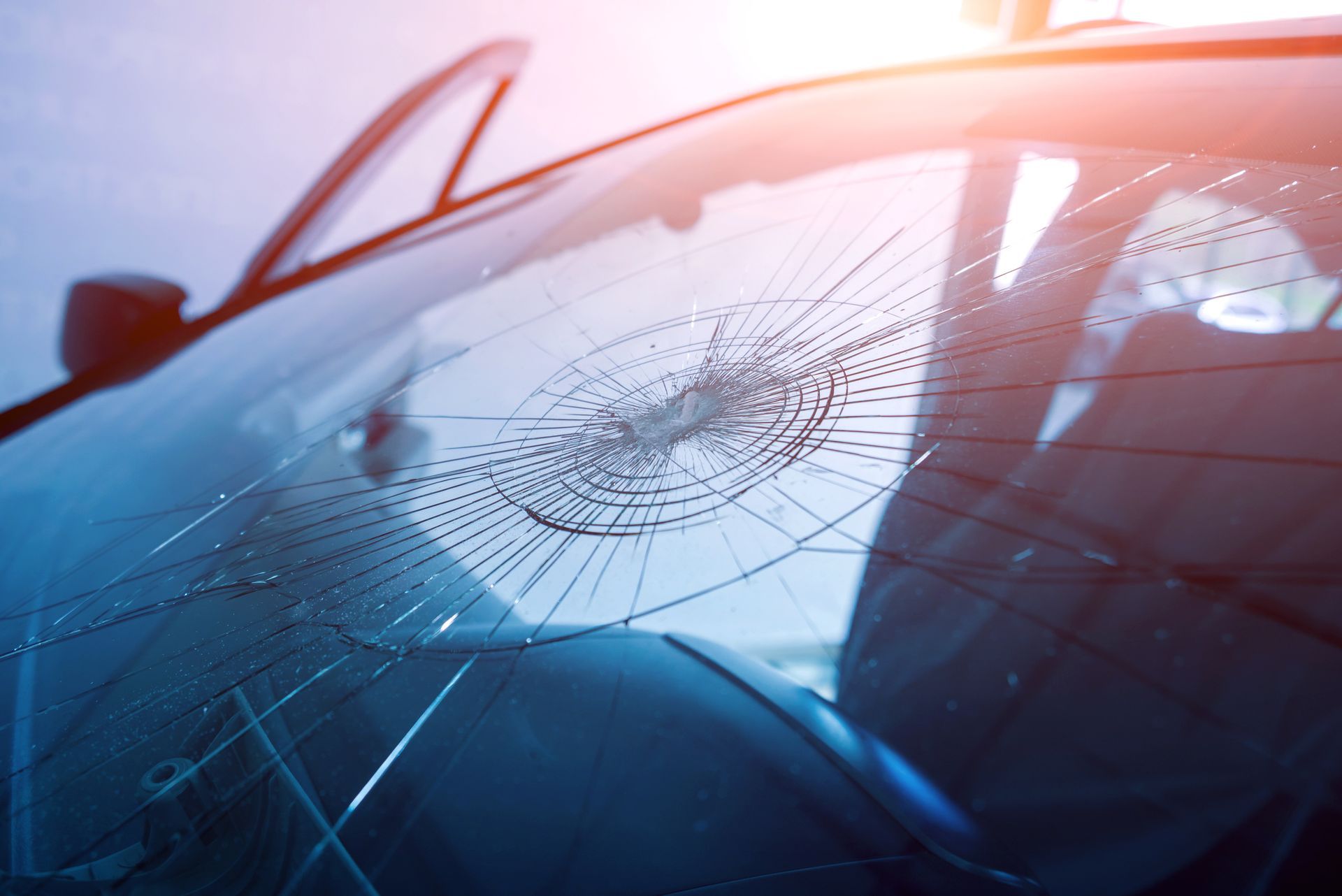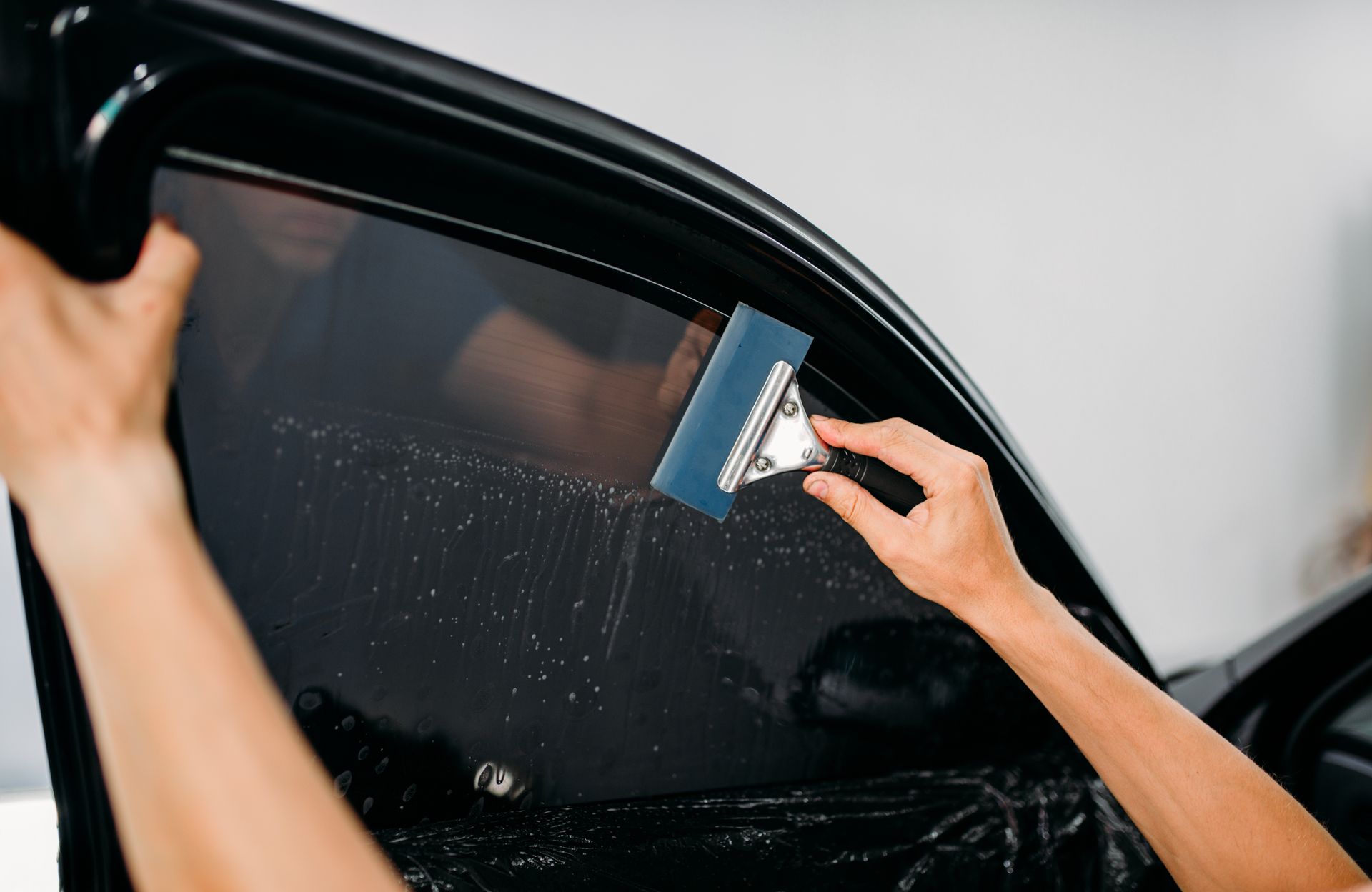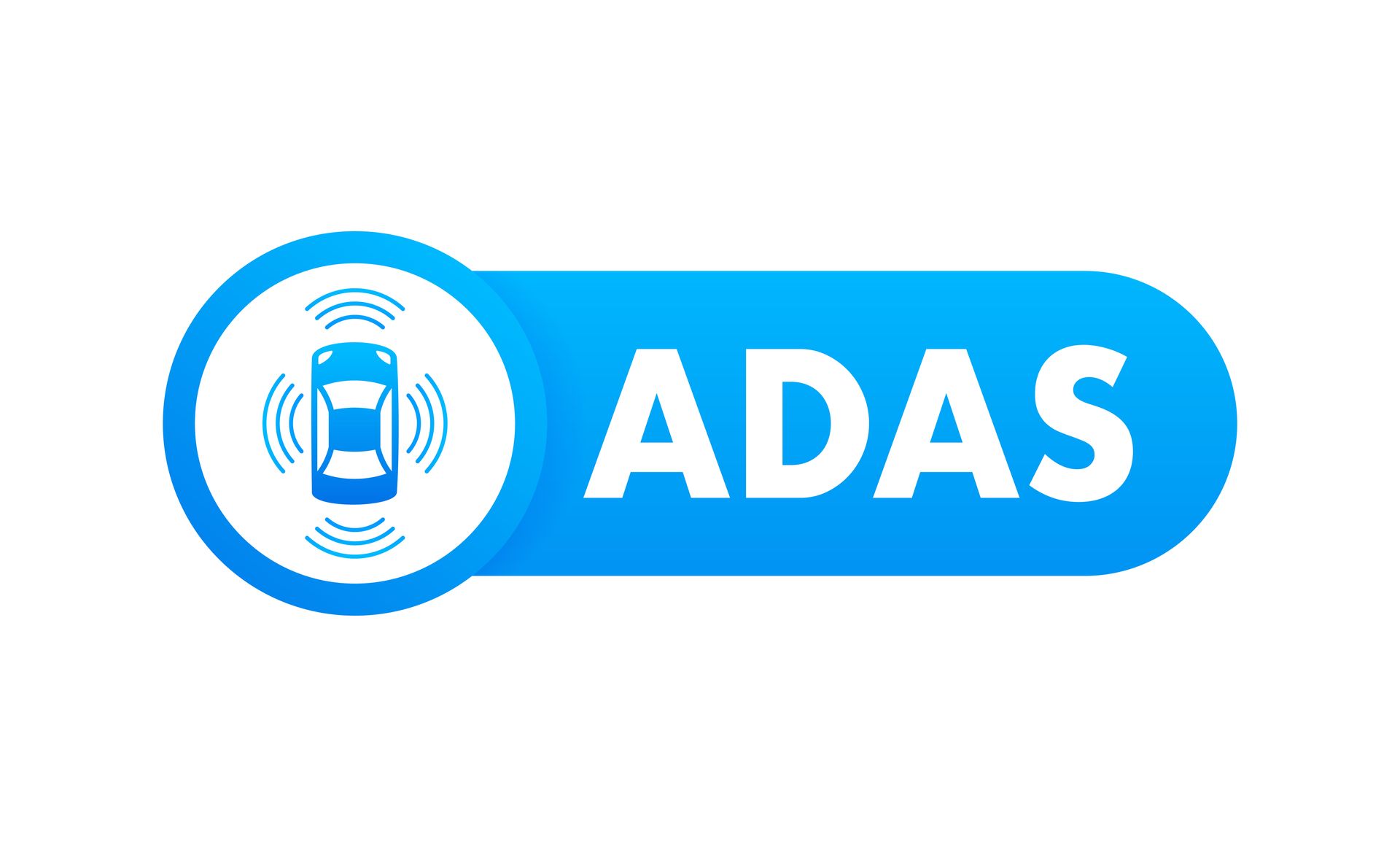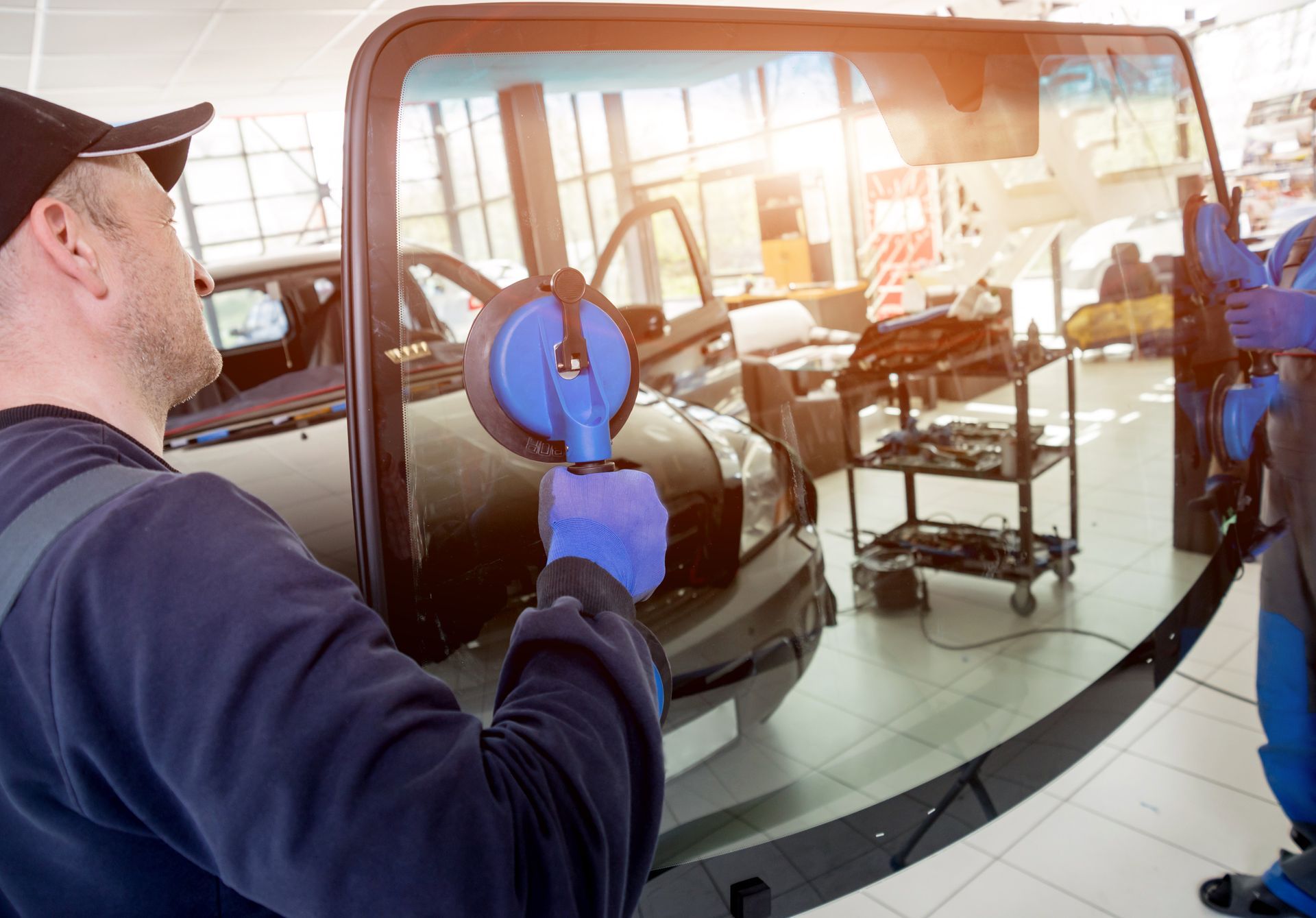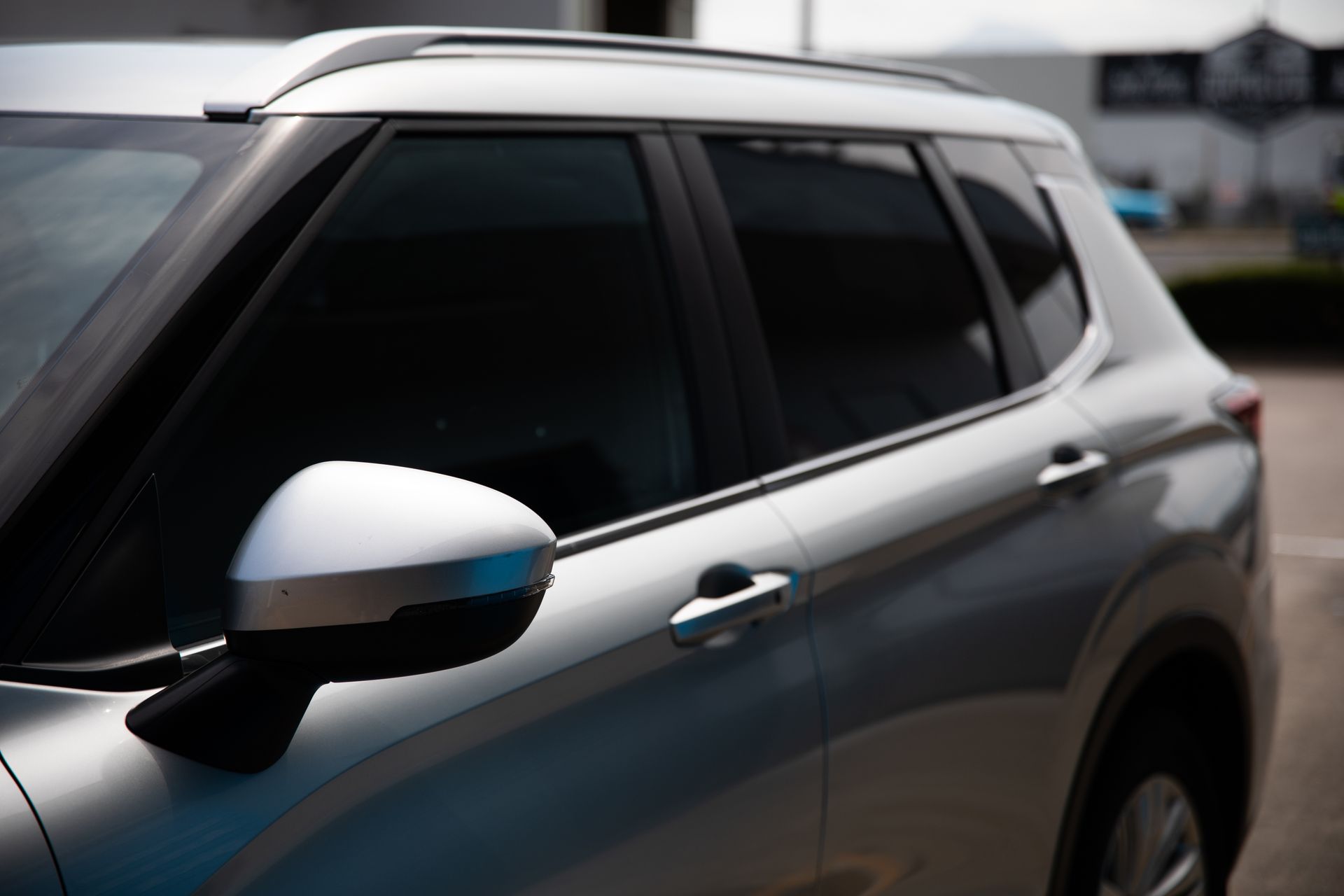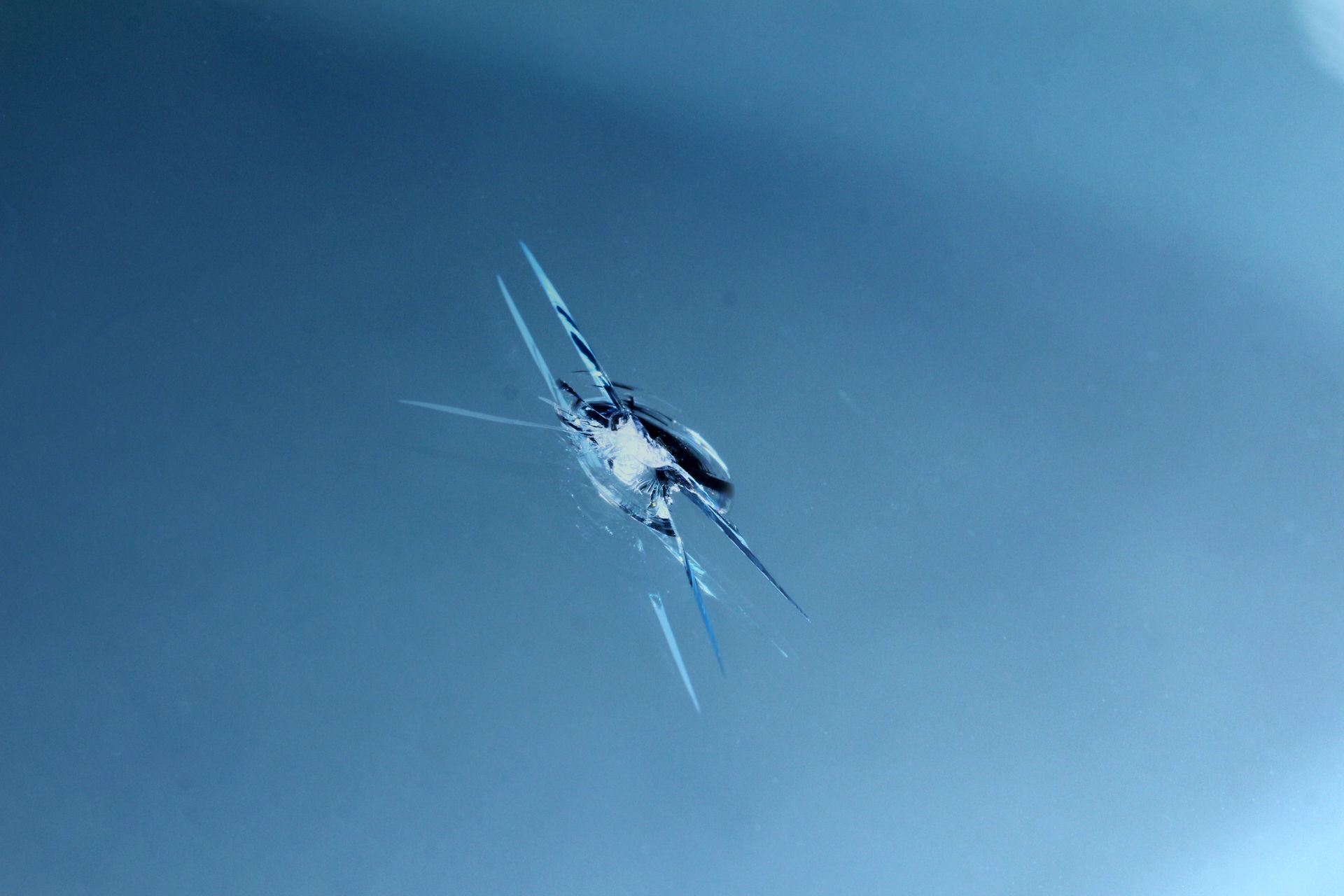Modern vehicles are equipped with advanced driver-assistance systems (ADAS) designed to improve safety by assisting with braking, lane changes, and collision avoidance. Many of these systems rely on sensors and cameras mounted near the windshield, making windshield replacement more complicated than it used to be. If your car has features like lane departure warning, adaptive cruise control, or automatic emergency braking, replacing the windshield without recalibrating these systems could lead to inaccurate readings, delayed reactions, or system failure.
Many drivers don’t realize that ADAS calibration is essential after a windshield replacement. Skipping this step can compromise your vehicle’s ability to detect hazards accurately, potentially putting you and other drivers at risk.
Why Windshield Replacements Affect ADAS Systems
In newer vehicles, the windshield is more than just a piece of glass—it serves as a mounting point for front-facing cameras and sensors that interact with ADAS features. These components are precisely positioned to monitor road conditions and react accordingly.
When the windshield is replaced, even a slight variation in placement or angle can throw off the alignment of these sensors. This can lead to incorrect data being sent to the vehicle’s safety systems, meaning your lane departure warning might not activate at the right time, or your adaptive cruise control could react too slowly to traffic changes.
Signs Your Safety Systems Need Calibration
If your car's ADAS features are not functioning correctly after a windshield replacement, you may notice:
- Lane departure warnings activating at the wrong time or not working at all
- Inconsistent or unresponsive adaptive cruise control
- Warnings for potential collisions appearing unexpectedly
- Steering assistance feeling off or unresponsive
Even if you don’t notice these issues immediately, calibration is still necessary to ensure everything is properly aligned. Modern vehicles are designed to function with precise sensor positioning, and a misalignment of even a few millimeters can affect how the system performs.
Types of ADAS Calibration
After replacing a windshield, there are two main types of calibration that may be required, depending on your vehicle's make and model:
- Static Calibration – Performed in a controlled environment using specialized equipment to reposition and test cameras and sensors before the car is driven.
- Dynamic Calibration – Requires the car to be driven on the road under specific conditions while a technician monitors and adjusts the system in real time.
- Some vehicles require both types of calibration to ensure all systems are functioning correctly.
What Happens If You Skip Calibration
Driving without recalibrating your ADAS features can lead to misread signals, false alarms, or safety system failures when you need them most. A misaligned camera might:
- Fail to detect a vehicle in your blind spot
- Activate automatic braking too early or too late
- Incorrectly estimate lane positioning
Skipping calibration may also void your vehicle’s warranty if an accident occurs due to system malfunction.
Get Expert ADAS Calibration at Yuma Auto Glass & Window Tint
Replacing a windshield isn’t just about installing new glass—it’s about making sure your vehicle’s safety features continue to function properly. If your car has ADAS technology, recalibration is a necessary step to restore full functionality.
From windshield replacement to ADAS recalibration, we ensure your vehicle’s safety systems work as they should. Call Yuma Auto Glass & Window Tint today!
